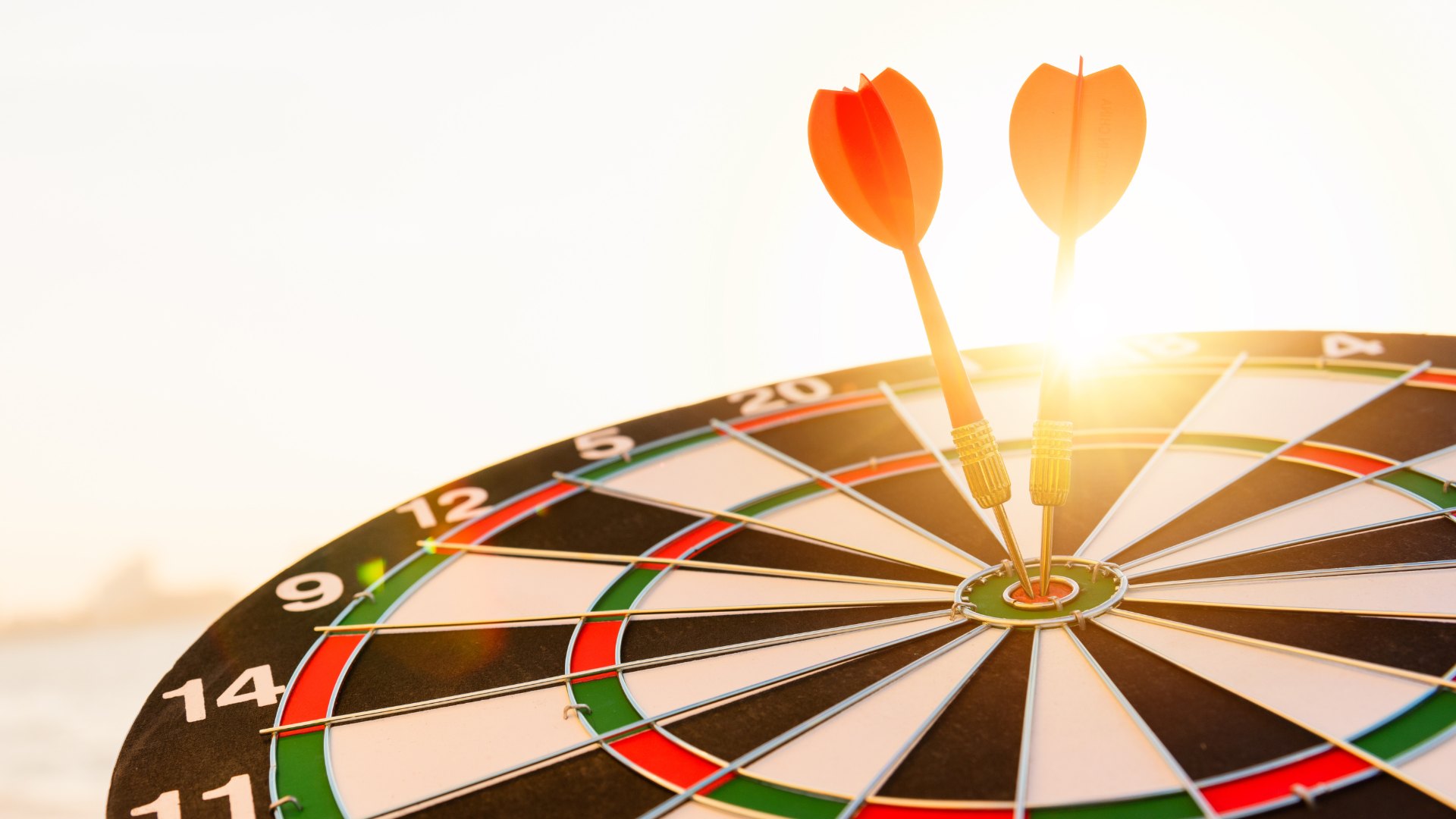
Embarking on a journey of physical rehabilitation to overcome pain or injury is not just a matter of mending the body; it also involves cultivating a mindset that fosters resilience and belief in one’s abilities. In this blog, we delve into the realms of self-efficacy in rehabilitation, explore helpful strategies and the powerful connection between the mind – all of which could be a game changer!
What is Self-Efficacy?

Self-efficacy is one’s belief in their ability to succeed in specific situations or accomplish a particular task [1]. It is having confidence in yourself and your skills. Imagine you’re attempting to learn a new sport, such as rock climbing. If you believe in your ability to master the techniques (by practicing and getting coached) despite initial struggles, that reflects higher self-efficacy. However, if you doubt your capability to improve and feel overwhelmed by the challenge, harboring thoughts like “I’ll never be able to do this,” that indicates lower self-efficacy. This belief in your potential directly impacts how you approach the goals of scaling tougher routes, navigating roadblocks like fear or fatigue, and persevering when plateaus arise in your skill development. Persistent pain or an injury is very similar. They require nurturing self-efficacy – having courage to try, make mistakes, learn and grow despite uncertainties.
Mindset & Its Role in Healing
A positive mindset and fostering self-efficacy can play a pivotal role in the healing process. Numerous research studies have demonstrated the powerful influence our mental state and beliefs can have on physical outcomes. In a study published in The Journal of Pain, researchers found that patients with higher levels of self-efficacy experienced less pain and disability after undergoing surgery compared to those with lower self-efficacy [2]. This suggests that believing in one’s abilities to manage pain and recovery can positively impact healing trajectories.
Another study in the Scandinavian Journal of Pain examined the effect of cognitive behavioral therapy (CBT) aimed at boosting self-efficacy beliefs in individuals with persistent (aka chronic) pain [3]. The results showed patients who received CBT reported significantly less pain, disability and depression compared to control groups. Cultivating a mindset focused on coping capabilities rather than perceived limitations facilitated better quality of life.

The mind-body connection is strong. Mental practices like positive self-talk, imagery, and relaxation techniques can modulate pain pathways in the brain and reduce physical tension [4,5]. By learning to reframe negative thought patterns through mindset work, patients become better equipped to manage pain sensations during rehabilitation.
Ultimately, patients who adopt an optimistic, determined outlook and maintain beliefs in their potential for recovery tend to adhere better to treatment regimens, persist through challenges, and experience better long-term outcomes [6]. One important point is that this does not replace or deemphasize hard work and consistency on the physical level, but rather serves as an enhancement to the entire process.
Set Realistic Goals With SMART Criteria

Goal-setting is crucial for rehabilitation. Physical therapy is a very goal-oriented process. One strategy to enhance self-efficacy and stay motivated is to establish realistic, achievable goals using SMART goals:
- Specific: Define the goal clearly, e.g. “Run an 8 minute mile pace around Lady Bird Lake without knee pain.”
- Measurable: Establish tracking criteria to measure progress e.g. “distance, pace, and pain levels are all objective, measurable and easily tracked.”
- Achievable: Ensure goals are realistic based on your capabilities, e.g. “you’ve done this before and have a passion & experience with running.”
- Relevant: Align goals with overall priorities and well-being, e.g. “running is your outlet and you understand all the positive physical & mental health benefits of it.”
- Time-bound: Set a timeframe for added focus and accountability, e.g. “by the end of this year.”
Celebrate Small Wins To Build Big Confidence

Achieving incremental success cultivates a sense of accomplishment, reinforcing the process [7]. Celebrating the mini victories boosts confidence and self-efficacy and each small step forward provides evidence that improvement is possible. Acknowledging this is a highly motivating tool [8]. When we acknowledge even the small milestones along the way, it triggers feelings of pride and intrinsic motivation, which helps sustain effort. Savoring the small wins also helps combat unhelpful thought patterns that can hinder self-efficacy. Simply noticing or internalizing successes, no matter how small, makes it harder for self-doubt to take root [9]. Positive reinforcement deepens the belief of “I can do this,” and even takes it further to “I will do this.”
Overcome Challenges With Support
Healing and recovery are unfortunately rarely linear. Ups & downs and even setbacks are very common, but they don’t have to define your journey. Building resilience and maintaining perspective allows overcoming challenges without losing sight of goals. In addition to the strategies listed above, having a supportive network through friends, family, and your physical therapist (or other healthcare provider) is immensely powerful. The therapeutic alliance forged between patient & therapist significantly impacts treatment outcomes [10]. And no matter what your circumstances are, chances are you are not alone. There are people out there dealing with very similar issues that may be worth connecting with through avenues like the internet, social media, or local support groups.

The Big Picture
Cultivating self-efficacy acts as an empowering force throughout the rehab process. By setting realistic goals, celebrating small wins, maintaining a positive mindset, and leaning on a supportive network, individuals can nurture an unwavering belief in their ability to heal and overcome adversity. This sense of self-efficacy becomes an invaluable tool for persisting through challenges, adherence to treatment, and ultimately achieving meaningful recovery. With patience, resilience, and an empowered perspective, the path to optimal healing is wide open!
Whether you’re on your healing journey with new or old aches, pains, or injuries, we’re here to help! Book with us today to help you reach your goals and improve your quality of life!
References:
- Bandura, A. (1997). Self-efficacy: The exercise of control. New York: W.H. Freeman.
- Oyefeso, O.O., et al. (2017). Effects of preoperative self-efficacy among patients undergoing total knee replacement. The Journal of Pain, 18(7), 844-853.
- Helminen, E.E., et al. (2015). Cognitive impairment, maladaptive coping styles and recovery over one year in first-ever stroke patients. Scandinavian Journal of Pain, 9(1), 144-152.
- Elkins, G., et al. (2007). Mind-body therapies in integrative oncology. Society of Integrative Oncology, 71(2), 167-173.
- Hassett, A.L., & Finan, P.H. (2016). The role of resilience in the clinical management of chronic pain. Current Pain and Headache Reports, 20(6), 1-9.
- Nicholas, M.K., et al. (2012). Self‐efficacy and chronic pain. Pain management: A practical guide for clinicians, 141-159.
- Amiot, C. E., et al. (2004). Integrating the self and identity: Processes of self-validation and the cognitive structural model of the self. Self and Identity, 3(1), 57-75.
- Amabile, T., & Kramer, S. (2011). The power of small wins. Harvard Business Review, 89(5), 70-80.
- Peen, C., & Wong, P. T. P. (2021). Self-Efficacy as a Positive Youth Development Construct: A Conceptual Review. The Journal of Positive Psychology and Wellbeing, 5(2), 194-221.
- Ferreira, P. H., et al. (2013). The therapeutic alliance between clinicians and patients predicts outcome in chronic low back pain. Physical Therapy, 93(4), 470-478.


